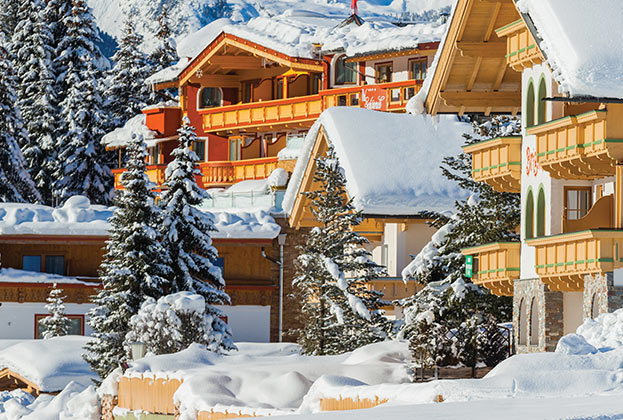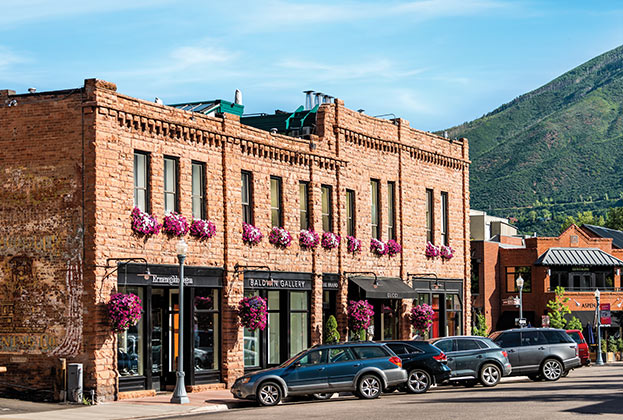The Savills Ski Resilience Index ranks 62 global ski resorts worldwide using five metrics to measure the quality and reliability of a resort’s conditions and its resilience against climate change. The metrics compare snowfall, reliability, season length, altitude and temperature
The resilience of ski markets is becoming increasingly important in the face of global warming and changing climates, and the ski industry and wider resorts face many challenges in coming years as a result. According to a report by Nature Climate Change, 53% of European resorts are likely to suffer from poor snow cover if temperatures rise by more than 2°C.
The season covering winter 2022/23 saw unpredictable weather, resulting in low snowfalls in some locations, and record-breaking levels in others. As a consequence, the Savills Ski Resilience Index has seen much more jostling for positions than in years past.
Two US resorts in Colorado claim the top most resilient spots for the year – with high levels of snowfall last year propelling Aspen and Vail past perennial number one, Zermatt, which comes third in this year’s index. With more glaciers than any other alpine nation, Swiss resorts frequently hold positions at the top of the ranking. Zermatt sits at the foot of the Matterhorn Glacier Paradise with a summit of 3,900m, contributing to the Swiss resorts’ long season length, high quality and reliable snowfall.
The season covering winter 2022/23 saw unpredictable weather, resulting in low snowfalls in some locations and record-breaking levels in others
Kelcie Sellers, Associate, World Research
Across the index, there were several big movers ascending through the rankings. Both Japanese resorts in our index, Niseko and Furano, rose 29 and 26 places respectively into the top 25 most resilient locations, propelled by record-breaking snowfall and low temperatures. Both of these locations are well known for receiving excellent levels of powder snow, attracting skiers from across the world.
Two Swiss locations also saw big increases in their rankings over the course of the year with Crans-Montana and Andermatt both rising into the top 25 locations. Crans-Montana’s position this year was 23 places higher than last year. High altitudes, low temperatures, and consistently high levels of reliability helped boost these two resorts up the rankings. As season lengths compress at lower elevations, high altitude skiing and glacier skiing will likely become ever more important. However, Switzerland is experiencing hotter summers and less reliable white winters, reducing their glaciers’ ice volume and impacting the country’s winter season length and reliability. Nendaz, for example, has seen a decline in the ranking, with less snow and a shorter season length contributing to the fall of 18 places from the previous year. Other Swiss locations, such as Villars, have seen lower degrees of falls in the index however, thanks in large part to higher elevations and glacier skiing helping these locations maintain their resilience.
French resorts Méribel and La Rosière, amongst other Alpine resorts in Europe, have suffered from milder seasonal weather in recent years, particularly during the 2022/23 winter season. However, on average the snowfall in these two resorts tends to vary year to year. Their altitude and season length boost the quality and resilience on a global scale.
If you’re considering a move, whether buying, selling or renting, our team would be delighted to assist with your ski property enquiries.
Read the other articles within The Ski Report below
.jpg)
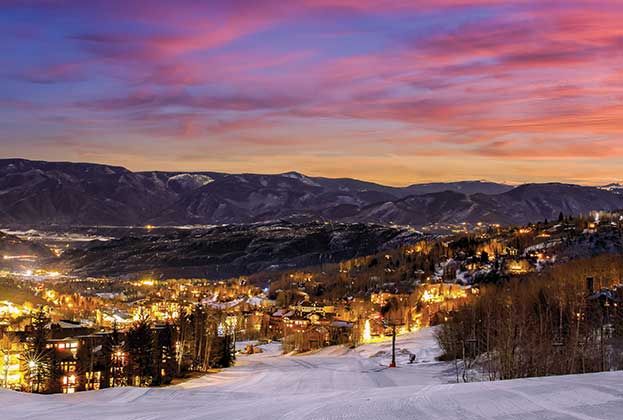
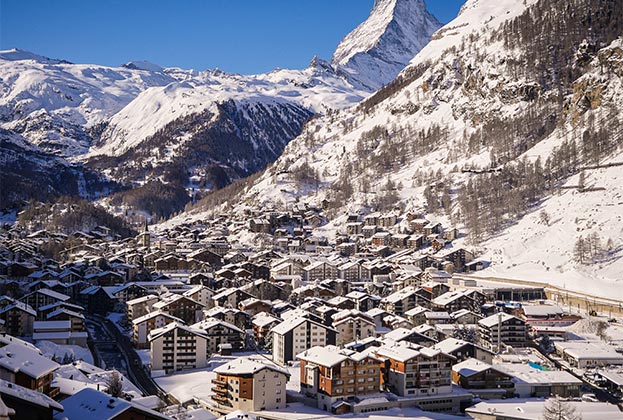
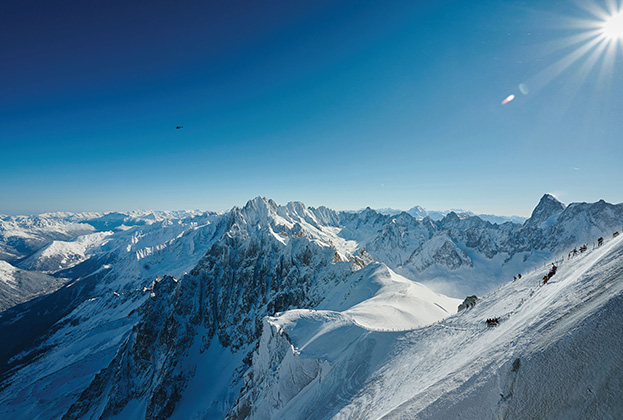
.jpg)
